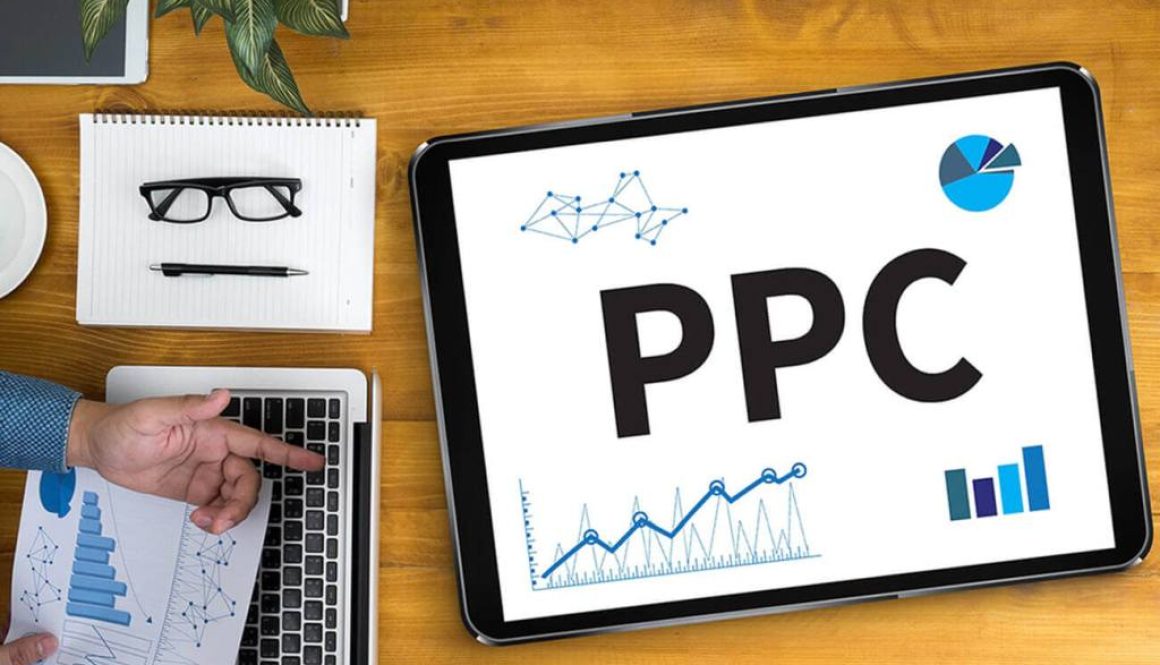How to Create Effective PPC Campaigns
In the competitive landscape of digital marketing, Pay-Per-Click (PPC) advertising stands out as a powerful tool for driving traffic and conversions. However, creating and managing effective PPC campaigns requires a strategic approach to ensure you get the best return on investment (ROI). This guide will provide actionable tips for setting up, managing, and optimizing your PPC campaigns to maximize their effectiveness.
Introduction to PPC Advertising
PPC advertising is a model of internet marketing where advertisers pay a fee each time one of their ads is clicked. It’s essentially a way of buying visits to your site, rather than attempting to earn those visits organically. Search engine advertising is one of the most popular forms of PPC. For example, Google Ads allows advertisers to bid for ad placement in a search engine’s sponsored links when someone searches for a keyword that is related to their business offering.
The beauty of PPC is that you can target specific audiences, control your budget, and measure your return on investment precisely. However, to leverage these benefits, you need to create well-structured campaigns.
Choosing the Right Keywords for Your Campaigns
Keywords are the foundation of any successful PPC campaign. Choosing the right keywords ensures your ads are shown to the right audience at the right time. Here’s how to select effective keywords:
- Conduct Thorough Keyword Research: Use tools like Google Keyword Planner, SEMrush, or Ahrefs to identify keywords relevant to your business. Look for keywords with high search volume but low competition to maximize visibility and cost-effectiveness.
- Consider Long-Tail Keywords: Long-tail keywords are more specific and less competitive, which can lead to higher conversion rates. For example, instead of targeting “shoes,” target “women’s running shoes for flat feet.”
- Group Keywords by Themes: Organize your keywords into tightly themed ad groups. This improves your Quality Score (a Google metric that affects your ad rank and cost-per-click) and allows for more targeted ad copy.
- Use Negative Keywords: Negative keywords prevent your ads from showing up for irrelevant searches. For example, if you sell luxury watches, you might want to exclude keywords like “cheap watches.”

Crafting Compelling Ad Copy
Once you have your keywords, the next step is to craft compelling ad copy that attracts clicks and drives conversions. Here are some tips:
- Write Clear and Concise Headlines: Your headline should grab attention and include your primary keyword. It should clearly convey the value proposition or unique selling point of your product or service.
- Highlight Benefits and Features: Focus on what makes your product or service stand out. Use strong, action-oriented language to encourage clicks.
- Include a Call to Action (CTA): A clear and compelling CTA tells users what action you want them to take. Phrases like “Buy Now,” “Learn More,” or “Get Started” can be effective.
- Utilize Ad Extensions: Ad extensions provide additional information like site links, call buttons, or location details. They make your ads more prominent and improve click-through rates.
Budget Management and Bid Strategies
Effective budget management and bid strategies are crucial for maximizing ROI in PPC campaigns. Here’s how to manage your budget and bids effectively:
- Set a Realistic Budget: Determine how much you’re willing to spend daily and monthly. Start with a conservative budget and adjust based on performance data.
- Choose the Right Bidding Strategy: Google Ads offers various bidding strategies such as manual CPC, target CPA, and ROAS. Choose a strategy that aligns with your campaign goals. For example, if your goal is conversions, a target CPA strategy may be more suitable.
- Monitor and Adjust Bids: Regularly review your bids and adjust based on performance. Increase bids for high-performing keywords and decrease them for underperforming ones.
- Use Automated Rules: Automated rules can help manage bids based on specific criteria, such as time of day, budget, or performance metrics. This can save time and improve efficiency.
Analyzing and Optimizing Campaign Performance
Continuous analysis and optimization are essential to maintaining and improving the performance of your PPC campaigns. Here’s how to effectively analyze and optimize your campaigns:
- Track Key Metrics: Monitor metrics like click-through rate (CTR), cost-per-click (CPC), conversion rate, and ROI. These metrics provide insights into how your campaigns are performing.
- Use A/B Testing: Regularly test different ad variations to see which performs best. Test different headlines, descriptions, and CTAs to identify what resonates with your audience.
- Optimize Landing Pages: Ensure your landing pages are relevant to the ad and provide a seamless user experience. A well-optimized landing page can significantly improve conversion rates.
- Adjust Based on Performance Data: Use performance data to make informed decisions. Pause underperforming ads, increase the budget for high-performing ones, and continuously refine your keyword list and ad copy.
Conclusion
Creating effective PPC campaigns requires careful planning, strategic execution, and ongoing optimization. By choosing the right keywords, crafting compelling ad copy, managing your budget and bids wisely, and continuously analyzing and optimizing your campaigns, you can maximize your ROI and achieve your marketing goals. Remember, the key to successful PPC advertising is to stay agile and responsive to the data, allowing you to make informed adjustments that drive better performance and higher returns.

